Hungary › Along the Rails
By narrow-gauge railway to the Vöröskő-spring
Felsőtárkány - Stimecz-ház
Season start 2017: on 15 March, as well as on the following two weekends, on 18-19 and 25-26 March, trains already run according to the timetable valid from 1 April (see below).
February 2016 was an extremely rainy month, so the periodic Vöröskő-spring awoke very early near Felsőtárkány, at the southern foot of the Bükk Mountains. Although the forest railway of Felsőtárkány is in winter hibernation this time, the spectacular spring attracts so many hikers, that it is worthwile to start the trains. The narrow-gauge railway stretches approximately 3.5 km into the valley which is closed for cars. Therefore the train is a significant help for hikers, who need to walk almost the same distance again from the upper terminus to the spring. The first trains ran on the weekends of 20-21 and 27-28 February, then the exceptional operation was announced for the 5th and 6th March again – eventually the regular timetabled operation started on 12 March (on weekends and public holidays).
We made an excursion to the spring on 13 March. In the village of Felsőtárkány we couldn't find a place to park, so we drove further to Egeresvölgy-Varróház, the railway's intermediate stop. The train arrived full there, so we couldn't board. Although they promised that another train will come in an hour, we could not be sure that we will have place in that train. So we joined the crowd walking behind the train - and did not regret this choice.
Egeresvölgy-Varróház
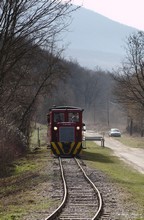

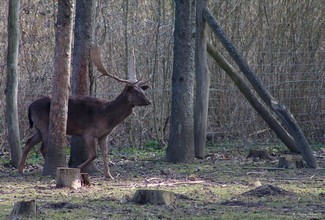

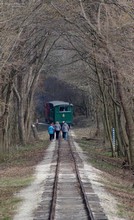

Waiting for the train, it is worth to visit the small deer park next to the stop. Those who missed the train proceed on the hiking trail leading on the track.
A special feature of the Felsőtárkány National Forest Railway is the on-demand traffic. This means, that at high passenger volumes – apart from the 3 scheduled pairs of trains – additional trains are operated with a one-hour maximum frequency. There is no passing loop on the line, apart from those at the terminuses, therefore a shorter sequence at a travel time of 25 minutes would not be possible.
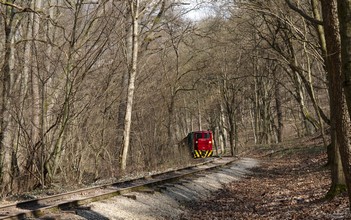

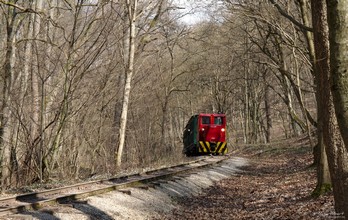

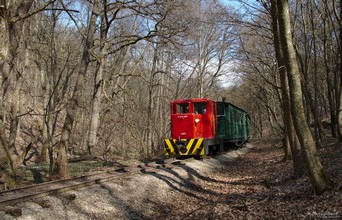

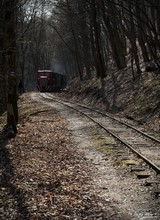

The small train comes back, with loco 404 at the front. On the 4th picture it is already loco 406, who hauls the next train to Stimecz-ház.
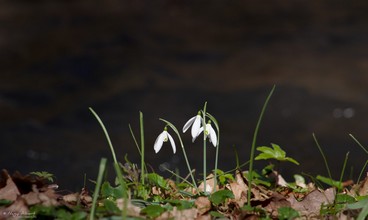

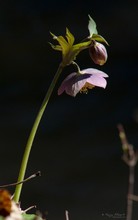

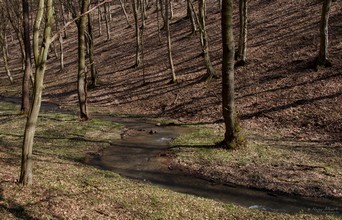

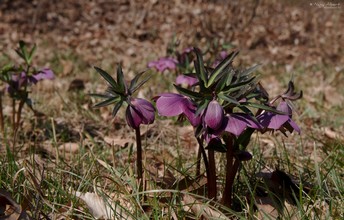

Snowdrops and purple hellebores bloom on the stream banks.
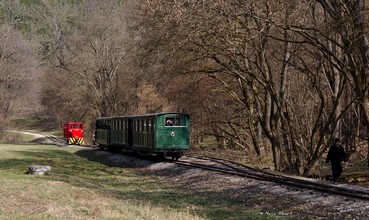

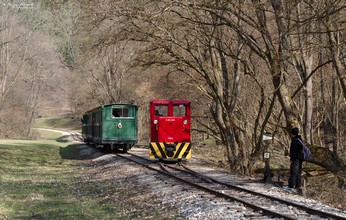

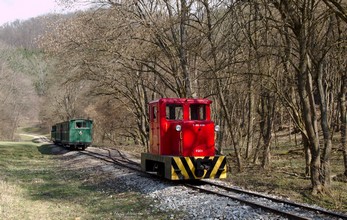

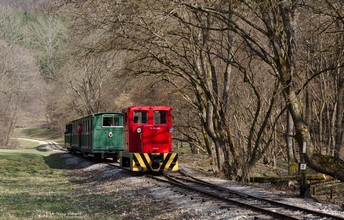

The reversing takes place very unusual ways on both terminals. At Stimecz House the line ends in a headshunt, therefore running round is not possible here. After the passengers to Felsőtárkány boarded, the train rolls ca. 150 m back to the run-round loop, where the locomotive can move to the head of the train.
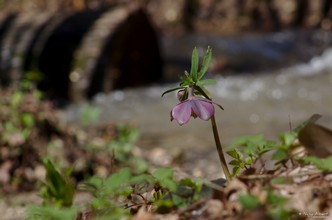

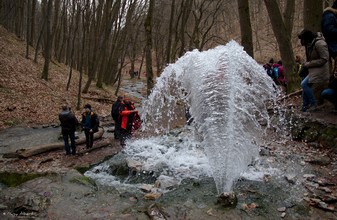

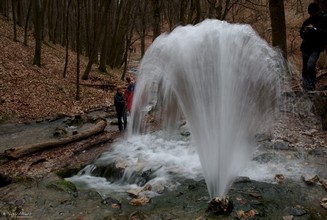



After Stimecz-ház, a hiking trail leads along the stream to the high spouting spring.
Where the limestone of the Bükk Mountains borders the underlying watertight Argillite sediments, four periodic springs emerge to the surface: the Imó, Fekete-len, the upper and the lower Vöröskő-springs. All of them are well accessible from the narrow-gauge railway's Stimecz House terminus. In the early spring when the snow melts and large amounts of rain fall on the Bükk's karst plateu, the water seeping through the limestone's cracks fills the cave system, so that the water level reaches the vents, and the periodic springs become active. The water of the lower Vöröskő-spring (vörös kő = red stone) - the most spectacular one among the four - reaches the surface under high pressure and squirts up to 1.5 m in the air. This spring is usually 2-3 months long anctive and dries out at the latest in the early summer.
Stimecz-ház




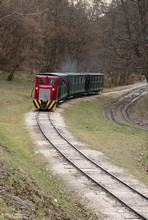

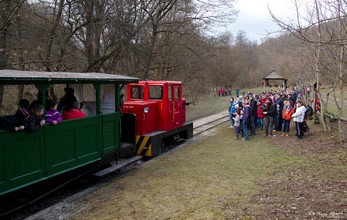

The upper terminus on February 20 (photos by Andrea Sóvári) and on March 13
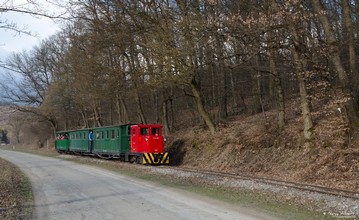

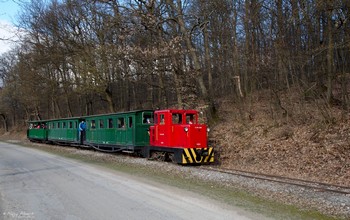

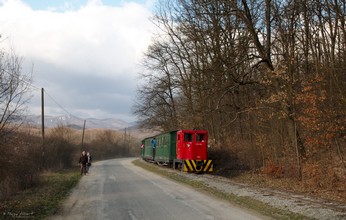

Between Egeresvölgy-Varróház and Felsőtárkány lead road and rail side by side.
While the family rode until the terminus of Felsőtárkány, I had to get off at Egeresvölgy to get the car, so I had the opportunity to take some more photos of the train.
Felsőtárkány
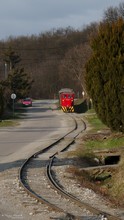

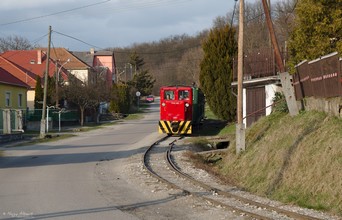

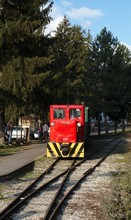

After the platform and the switch, the railway ends here in a headshunt as well. After arrival the locomotive is uncoupled and parked on the siding to the right through the switch. Now the cars roll down onto the headshunt, using the gravitation. The loco follows the train to be coupled to its other end eventually.
Please, sign in to post a new comment!

